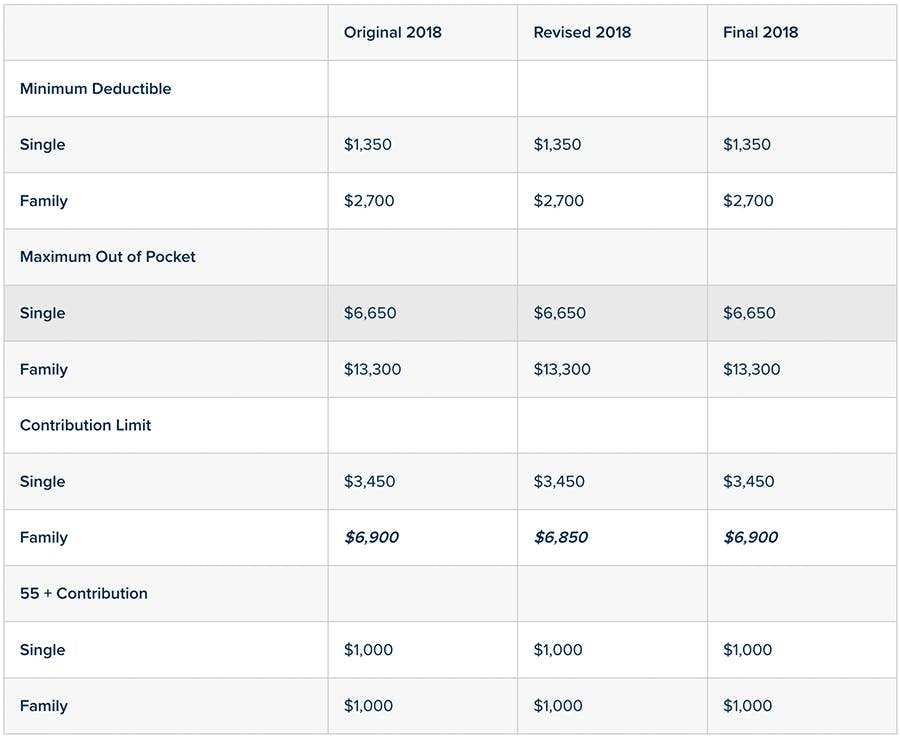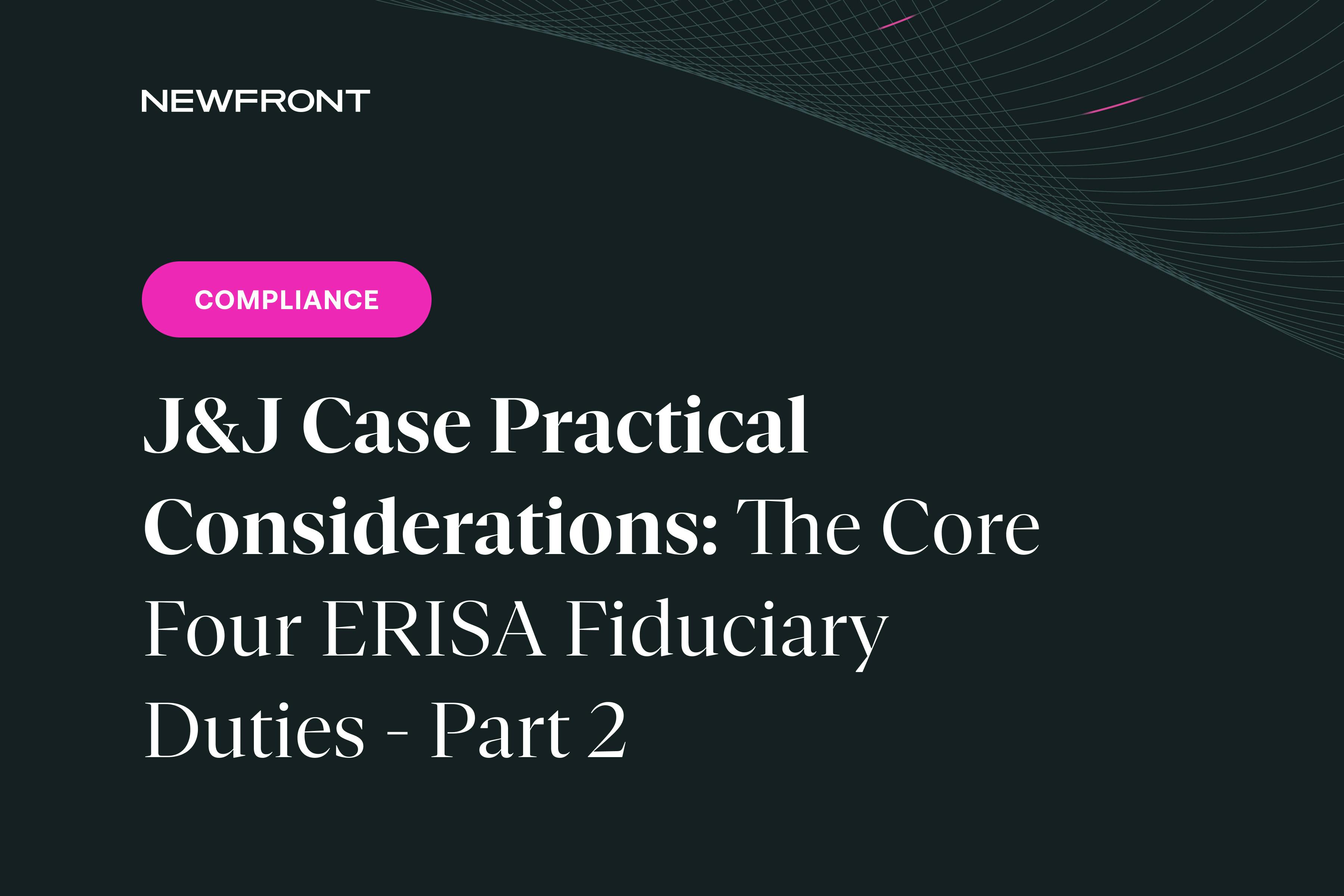2018 HSA Family Contribution Limit Increased Back to $6,900
By Brian Gilmore | Published April 27, 2018
On Thursday, the IRS came full circle on the 2018 family HSA contribution limit.
The original 2018 HSA limits were released in May 2017. The family contribution limit was set at $6,900. In any other year, that would have been the end of the story.
However, in March 2018, the IRS announced a $50 reduction to the 2018 family limit to $6,850. The unusual mid-year change to the limit was the result of modified inflation-adjusted figures under the Tax Cuts and Jobs Act (TCJA) passed at the end of 2017.
Now the IRS has released Revenue Procedure 2018-27, increasing the 2018 family HSA contribution limit back to the original $6,900 level.
Why the See-Saw Limits?
The IRS stated that they are responding to comments that the $50 mid-year reduction to the limit “would impose numerous unanticipated administrative and financial burdens.” Furthermore, they recognized that many employees had already “made annual salary reduction elections for HSA contributions through their employer’s cafeteria plans based on the $6,900 limit.”
Finally, the IRS noted comments stating that the reduction was unduly burdensome because “the costs of modifying the various systems to reflect the reduced maximum…would be significantly greater than any tax benefit associated with an unreduced HSA contribution (and in some instances may exceed $50).”
Of course, ideally the IRS would have come to this conclusion prior to reducing the limit in March. Nonetheless, it’s a step in the right direction to accommodate the original $6,900 limit for those who desire to take maximum advantage of the family HSA contribution limit in 2018.
Employers Who Already Reduced the HSA Family Election Limit to $6,850
No action is required. Employers may preserve the slightly lower limit for 2018 employee HSA elections based on the March reduction.
In this situation, employees who wish to contribute the additional $50 may do so outside of payroll by directly making the contribution to the HSA and taking an above-the-line deduction on the individual tax return. This would result in the same income tax treatment of the $50 amount, with the slight additional payroll tax on the additional $50 (6.2% Social Security + 1.45% Medicare = $3.83 typical additional payroll tax liability for the employer and employee).
See our Newfront Office Hours Go All the Way With HSA for more details.
Employers may choose to increase the employee elections back to the original $6,900 level. Some employers will see this as an unnecessary step that does not pass a standard cost/benefit analysis. Per above, the systems reversion back to the original $6,900 election limit would typically save the employer and employee just $3.83 on the associated payroll taxes for the $50 increase. Nonetheless, this is now an option.

Brian Gilmore
Lead Benefits Counsel, VP, Newfront
Brian Gilmore is the Lead Benefits Counsel at Newfront. He assists clients on a wide variety of employee benefits compliance issues. The primary areas of his practice include ERISA, ACA, COBRA, HIPAA, Section 125 Cafeteria Plans, and 401(k) plans. Brian also presents regularly at trade events and in webinars on current hot topics in employee benefits law.
Connect on LinkedIn


